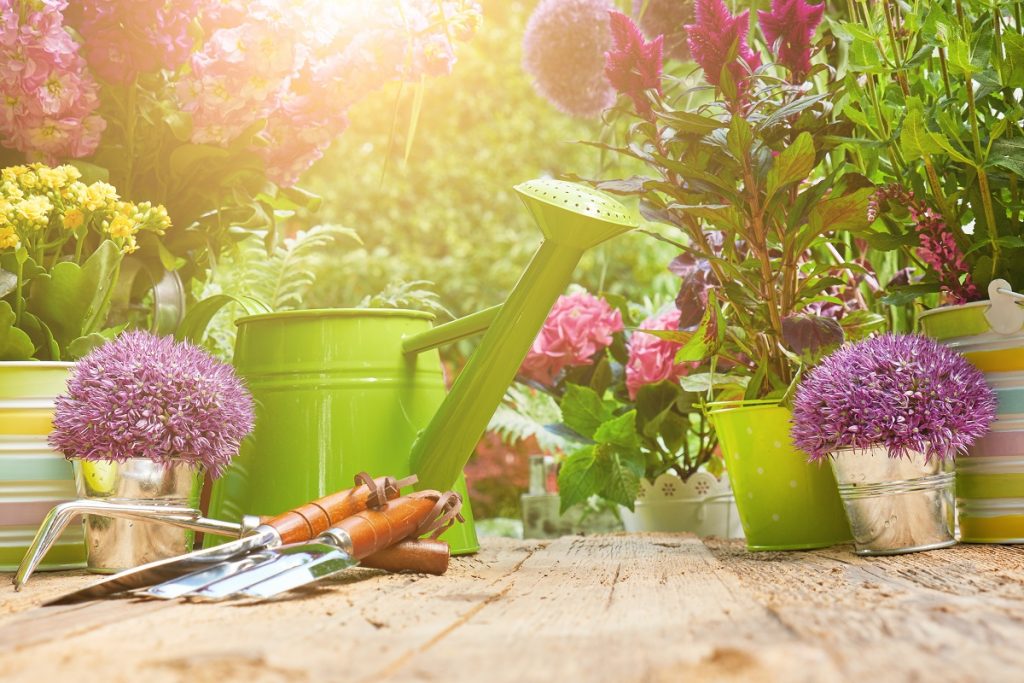Many people who’ve attempted to get into gardening will eventually give up in frustration. Despite accessing the Internet for sound advice and detailed information on how to grow the plants they want, their efforts fail. They shrug and say that they don’t “have a green thumb,” and call in professionals to get the job done (or let the place grow wild).
Experienced gardeners know better. They can tell you that gardening, like art, is a skill. Some people are born with an innate level of talent, but if you practice the right way, you can catch up to their level. Above all, you need to learn more than just plants, fertilizers, and pesticides. Here’s how you can successfully grow a beautiful home garden by working the soil.
Know your soil
Knowledge of the soil in your property isn’t only vital to the contractor who’s laying down concrete footings to support your foundation. Sure, you probably know that topsoil is what matters most in gardening. Those first six inches or so are the crucial layer containing everything a plant needs to grow and thrive. But what exactly constitutes ‘good’ soil?
Soil types can be classified according to composition, and there are three main components in any soil: sand, silt, and clay. A simple “mud shake test” will give you a better idea of where your garden soil falls along this continuum. Mix equal parts soil and water in a jar until it’s two-thirds full. Allow the mixture to settle, and after a few hours, you can measure the different layers. Sand and rocks settle first; the middle layer is silt, and the top layer is clay.
Ideally, you’ll want to achieve a balance between these three components. The desired result is known as loam. Too much clay and water retention are high, with not enough pores for the aeration that plants need. If with too much sand, water drains rapidly; excessive silt doesn’t hold enough nutrients.
One more thing you may want to know more about is your soil’s pH level. Most plants can only tolerate a specific range of acidity or alkalinity. To determine this property, you can send a soil sample to a local lab for testing, buy a pH test kit, or conduct a simple DIY pH test.
Making the necessary adjustments
Once you know these fundamental inherent characteristics of your garden soil, you can begin to make adjustments and shape the conditions to suit better a wide variety of plants or specific plants you’d like to grow. A local garden supply store could provide you with different types of soil to balance the composition, for example. Adding lime is a great way to neutralize acidic soils and increase the calcium content. Working in the opposite direction, small amounts of sulfates or urea can help to neutralize alkaline soils.
Tilling is a simple method of using mechanical action to loosen up compact soils and introduce pores, giving plants better access to air and water. However, taken too far, tilling can damage the long-term quality of your soil and favor compaction instead. Applying a layer of mulch is an alternative technique to promote water retention over time.
While there are many other techniques gardeners can use to fine-tune their soil’s properties, composting is one of the best methods at your disposal. By adding composted material to your soil, you can automatically buffer pH levels towards the neutral zone. Texturally, compost will bring it closer towards the desired loamy state. It also contains essential organic matter that provides vital nutrients to growing plants and helps to increase the soil’s aeration and water retention.

Choosing the right plants
If you already know the types of plants you want to grow in your garden, then you can proceed once you’ve achieved the right soil conditions. But many homeowners would like to develop a vegetable garden along with the ornamentals. Sometimes, seasonal fluctuations also affect the viability of maintaining the same plants year-round. In these situations, choosing specific plants can help improve the quality of your soil.
The practice of crop rotation, for instance, is typically done on large-scale farms. But even home gardens can benefit from its application. Certain crops such as tomatoes and lettuce, or other leafy vegetables, are heavy feeders; they deplete the soil’s nutrients over time. On the other end are soil builders – beans, peas, and other legumes work to replenish nutrients in your garden. Cover crops such as clover or buckwheat can be planted in the winter or when the soil is unused; they protect against erosion and can be tilled into the ground as ‘green manure’ to enrich it with organic matter.
Make use of these techniques, and you can dispel the notion of a green thumb. Just work your soil into the right conditions, and you can have a home garden to be proud of.

